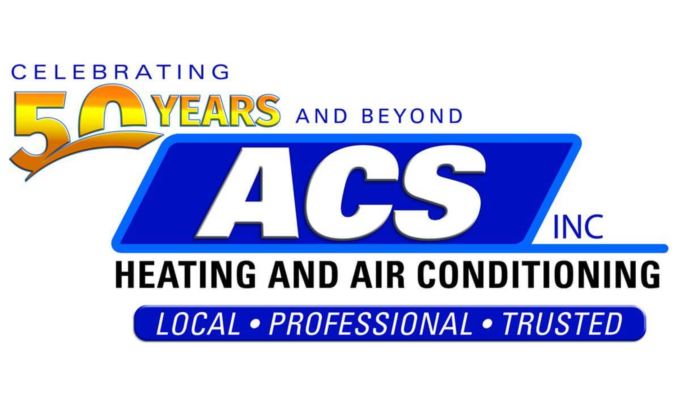
If you’re thinking over air conditioner installation in Tucker, you should also be investigating your new air conditioner’s SEER rating.
SEER is short for Seasonal Energy Efficiency Rating. Basically, it gauges how productive your air conditioner is at transforming electricity into chilled air. A bigger number indicates your air conditioner is more efficient, which is good for your electrical costs.
However, there are a lot of differing options out there for air conditioners. And a higher SEER ranking usually includes a bigger price tag. So, how can you find out which one is ideal for your residence?
At ACS Heating and Air Conditioning, we give you a free, no-pressure home comfort analysis. You can book one by contacting us at 770-450-1539. Our knowledgeable air conditioner installers will work with you to help you choose the right air conditioner for your budget. Plus, they’ll also give you a free, no-obligation estimate.
Right now, let’s go over SEER ratings and how they can affect your family’s comfort. And your utility costs.
Does SEER Rating Really Matter?
In 2016, the federal government developed new SEER rules. New air conditioners must be at least 13 SEER in the north United States and 14 SEER in the southeast and southwest. If you don’t know when you had your air conditioner put in or what its SEER ranking is, you can check the sticker on the condenser outside your residence. If you can’t see the sticker, you can give us a call at 770-450-1539 for support.
If your air conditioner was put in in advance of that time, it’s presumably much less efficient. Air conditioner technology has rapidly advanced in the past several years, with huge breakthroughs in energy efficiency and smart home capability. Connecting your new air conditioner with a smart thermostat could help you conserve more on AC bills, since the thermostat can intuitively change your temperature settings when you’re out.
If your current air conditioner has a SEER rating between 8 and 10, getting a 14-SEER system could save you an estimated 30–50% on annual electricity expenses. Your savings are tied to your air conditioner size and your temp settings.
Is the highest SEER Rating the Best?
An air conditioner with a higher SEER rating will be more efficient at transforming electricity for cooling. The highest efficiency models, which can go as big as 26 SEER, carry ENERGY STAR® endorsement. This endorsement means the air conditioner matches EPA rules for energy savings and environmental conservation.
While ENERGY STAR air conditioners are frequently more expensive, you’ll usually get the difference repaid over time through reduced power costs. These air conditioners, which are generally rated 16 SEER and up, consume about 8% less power than other new models, according to ENERGY STAR.
One of the greatest differences between a 14 SEER and 16 SEER is variable-speed capacity. A variable-speed air conditioner can run at varying speeds. This fine-tunes comfort for your loved ones while keeping your electrical costs reduced. It can also keep temperatures and humidity more consistent, since it can operate for longer without requiring a lot more power.
When getting a variable-speed air conditioner, you’ll need to make sure that your furnace or air handler is compatible. This is because your air conditioner depends on this system’s blower to distribute chilled air throughout your house. Furnaces only run for about 20 years, so if yours is around that age, we recommend furnace installation at the same time so you can enjoy all the advantages of your variable-speed air conditioner.
When you’re set to replace your air conditioner, the cooling pros at ACS Heating and Air Conditioning are ready to support you. Give us a call at 770-450-1539 to request your free home comfort analysis now.

